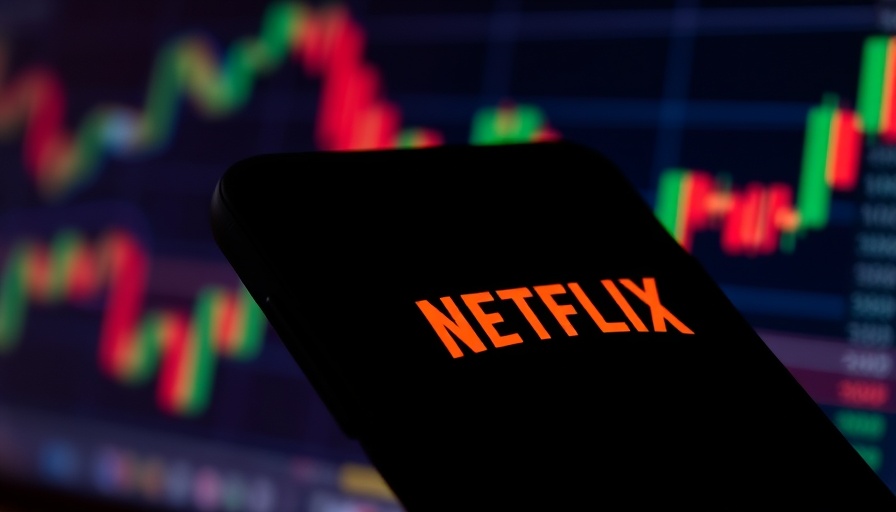
Restructuring at Google: A Strategic Move or a Cause for Concern?
In a significant corporate shakeup, Google has reportedly laid off several hundred employees from its Platforms & Devices group, a unit that encompasses the company's work on Pixel devices, Chrome OS, and various consumer hardware products. This workforce reduction, while reportedly affecting under 4% of the approximately 25,000 employees in the division, underscores a broader trend among tech giants re-evaluating their operational strategies in a volatile market.
The Background of Google's Platforms & Devices Group
The Platforms & Devices group was formed through the merger of Google’s Android and consumer hardware teams, underlining a strategy to streamline operations and boost efficiency. Despite the launch of new products, such as the Pixel 9a, the layoffs reflect a realignment of priorities in response to shifting consumer demands and technological advancements. As Google spokespersons have mentioned, the need for agility in a fast-paced tech environment drives such decisions.
Implications for the Tech Industry
Google's restructuring isn't an isolated event; it's part of a significant trend within the tech industry. Companies like Meta and Microsoft have similarly announced workforce reductions earlier in the year, indicating a narrowing focus on core competencies and a desire to cut costs amidst economic uncertainties. As business leaders and tech-savvy professionals, understanding these changes can provide insights into how major players adapt to challenges, potentially affecting their roadmaps and market strategies.
Moving Forward: What This Means
For professionals in the tech space, these layoffs may raise questions about job security and career trajectories within the industry. However, they also offer valuable lessons on the importance of adaptability. Practicing foresight in career planning, paying attention to emerging market dynamics, and readying oneself for shifts in company structures could be the keys to thriving in this evolving landscape.
Conclusion and Call to Action
The landscape of technology is shifting rapidly, and staying abreast of these developments is essential for professionals and business leaders alike. As Google reflects on its workforce strategy, consider how these trends might inform your own decisions moving forward. Adapting to change is not just a necessity—it's an opportunity. For further reading on market dynamics and strategies in technology, stay connected.
 Add Row
Add Row  Add
Add 










Write A Comment